- Call us: 01444 237070
- Contact Us
- Stores
- Sign In / Register
-
- Back
- Used Cameras
- Used Accessories
- Used Lenses
- Used Video
- Used Film Equipment
- Used Stock Alert
- Used Blank Test
- Sell or Part Exchange
- Used Clearance
- Recently Added Used Equipment
- Park Picks
- All Used Black Friday Deals
- Faulty
- Trade-In
- Blog
- New in
- Call us
- Contact us
- Stores
- Sign in
- Categories
- Tips & Inspiration
- Reviews
- News
- Events
- Features
- Buying Guides
- Competitions
Fujifilm 16-55mm II and XF 500mm Review
Fujifilm has continued to impress photographers with its release of high-quality optics, and its two latest launches arrive as the second-gen. XF 16-55mm f/2.8 R LM WR II and brand new XF 500mm f/5.6 R LM OIS WR. These offer exceptional versatility and performance at apposite ends of the content spectrum, but which one should you get?
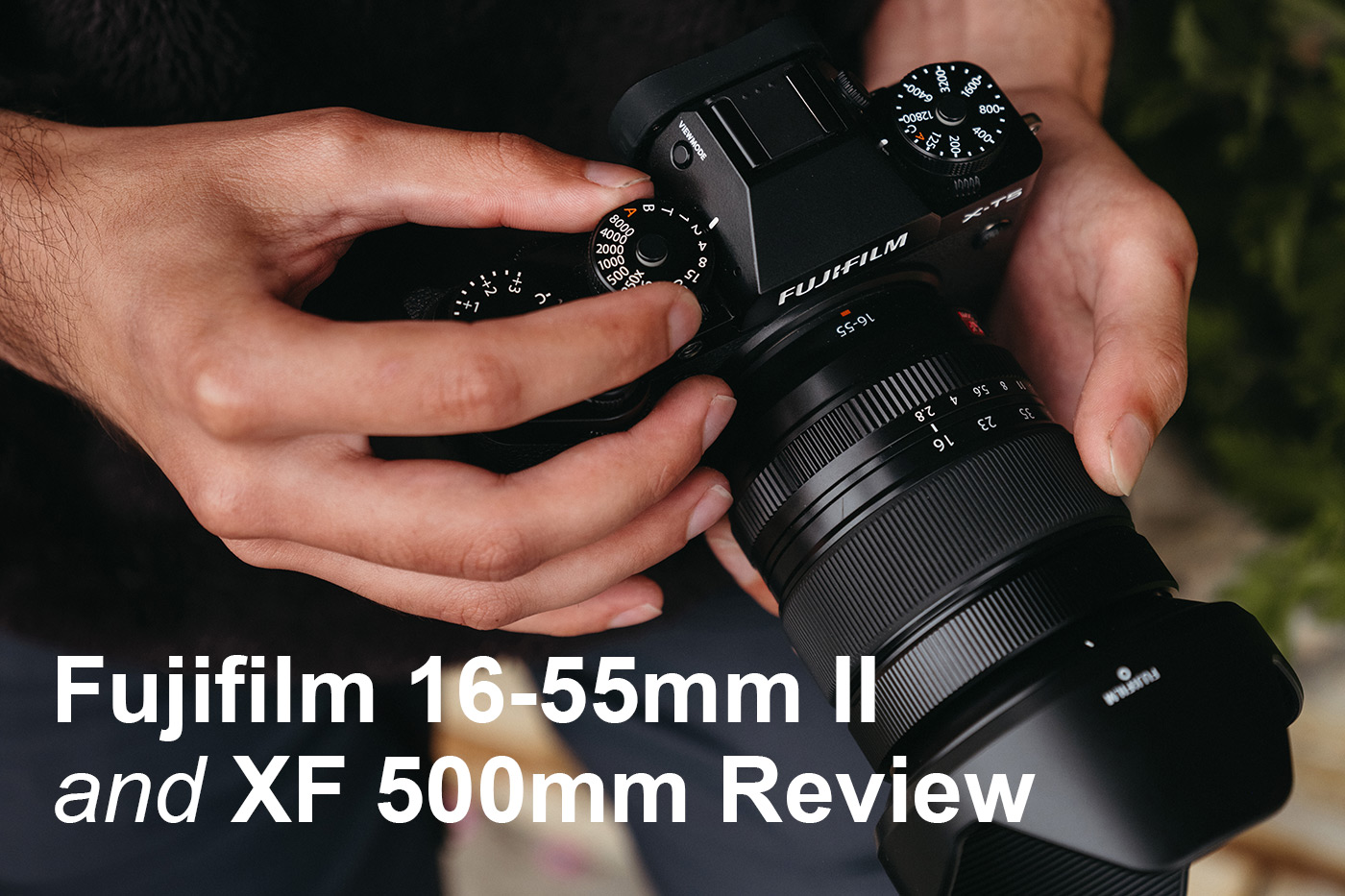
The XF 16-55mm II is a versatile standard zoom lens, which is perfect for everyday use, portraiture, landscape, and street photography. Meanwhile the XF 500mm f/5.6 is a specialist super telephoto prime designed for sports, wildlife, and bird photography, which delivers incredible reach and Fujifilm’s signature image quality.
In this Fujifilm 16-55mm II and XF 500mm Review, we explore both lenses in detail, discussing their strengths, real-world applications, and why you might choose one or the other, depending on your creative needs.

Sample ©Ou Haichun with X-H2 at 16mm. Camera settings 1.2 sec. f/6.4. ISO 100
Fujifilm XF 16-55mm f/2.8 R LM WR II Overview
The XF 16-55mm f/2.8 R LM WR II is an updated version of Fujifilm’s extremely popular fast standard zoom lens. It offers a versatile range, which is equivalent to 24-84mm on a full-frame camera, surpassing the common 24-70mm f/2.8 holy trinity lens, which many full-frame professional photographers use.
The XF 16-55mm is an excellent choice for a wide range of subjects, from landscapes to portraits and street photography to name a few, and the original was one of the most popular Fujifilm Mirrorless Lenses made.

Sample ©Ou Haichun with X-H2 at 19mm. Camera settings 1/125 sec. f/2.8. ISO 1250
Fujifilm has designed the new XF 16-55mm II to better render its 40+ megapixel X-Trans CMOS 5 HR sensor, resolving extremely fine details with minimal distortion. That high-res. sensor is found throughout Fujifilm’s range of mirrorless X cameras in the X-T5 and X-H2, and will no doubt show up in cameras to come.
The second-generation lens is 16% smaller and a whopping 37% lighter than the previous model, weighing just 410g, which is far more portable and convenient for travel or all-day shooting. The weather-sealed body further enhances its appeal, as do a few notable upgrades, such as the 11-blade aperture and de-clickable aperture ring.
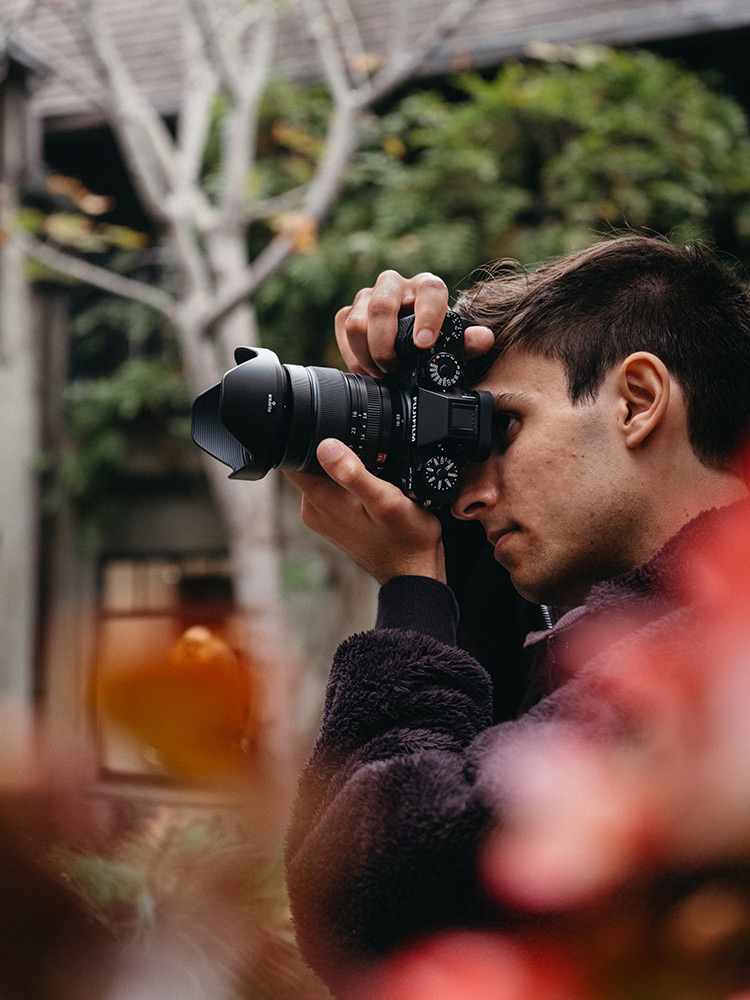
UK Price
The Fujifilm XF 16-55mm f/2.8 R LM WR II is priced at £1,199.00. This is only £100.00 more than its predecessor. The improved optical design, reduced weight, and better performance easily justifies the price.
The Fujifilm XF 500mm f/5.6 R LM OIS WR comes in at £3,999.00, positioning it as a specialist tool for wildlife and sports photographers. When compared to the XF 100-400mm f/4.5-5.6 R LM OIS WR, which is priced at approximately £1,799.00, the 500mm prime offers more specialised reach and superior image quality, but at a higher cost.

Sample ©John Branch with X-T5 at 23mm. Camera settings 1/160 sec. f/4.5. ISO 1250
The 100-400mm offers excellent flexibility with its zoom range, but the 500mm excels for photographers who need a lightweight, high-quality super-telephoto lens for distant subjects, which can deliver sharper, more consistent results across the frame. In terms of price-to-performance, both lenses cater to different markets, and the cost is reflective of their professional-level capabilities.
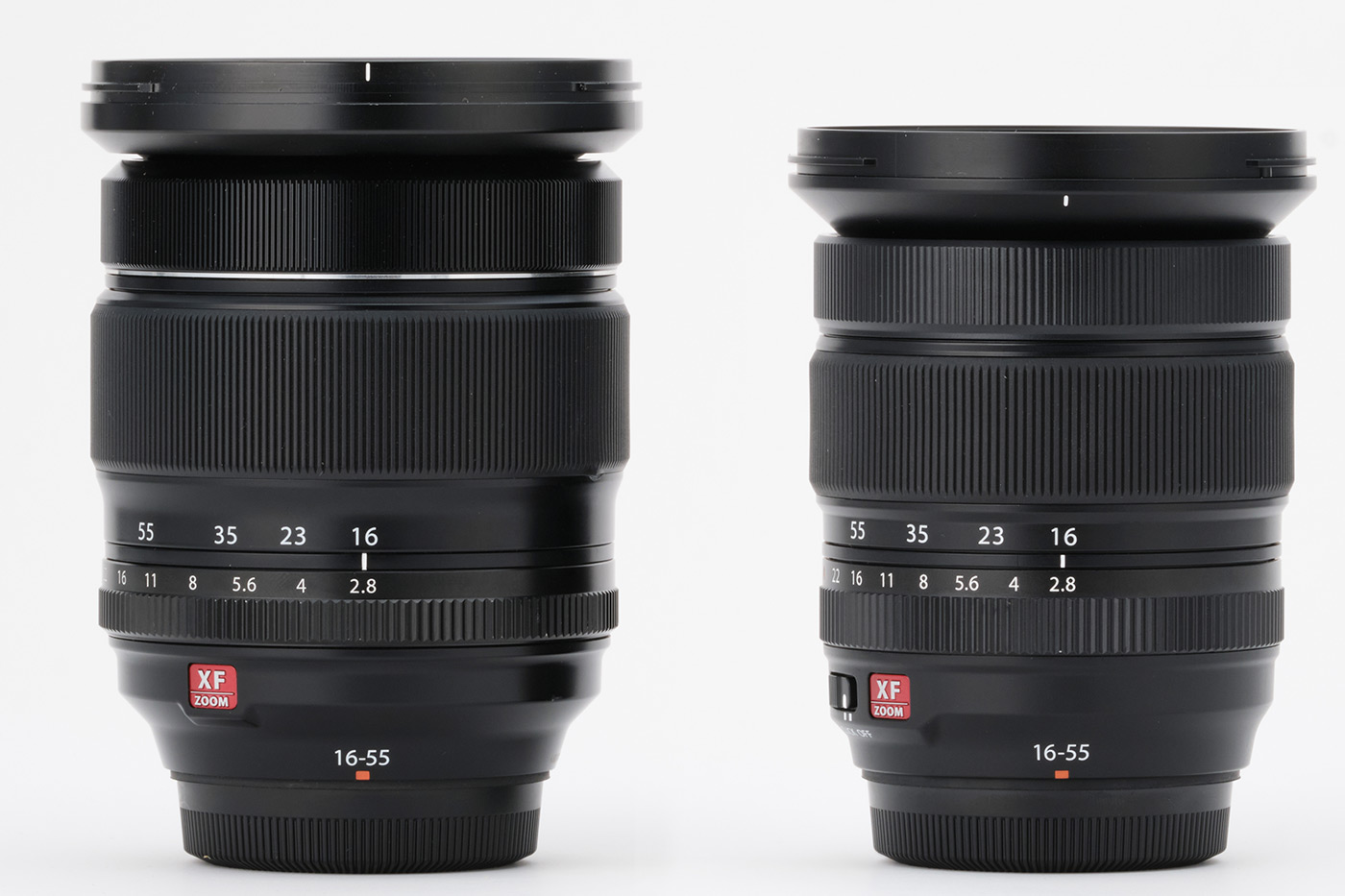
Image Quality and Performance (XF 16-55mm)
Fujifilm has made improvements to the optical design of the XF 16-55mm II, with 16 elements in 11 groups, including 3 ED and 1 Super ED element to reduce chromatic aberration. Four aspherical elements contribute to edge-to-edge sharpness, even when shooting wide open at f/2.8.
The result is outstanding image quality with very few optical flaws. You can expect high levels of sharpness, contrast, and excellent colour accuracy, and the lens is well suited for photography and video. An 11-bladed aperture adds to overall image quality by creating beautifully rounded, smooth bokeh when shooting at wider apertures, and this is only the second lens from Fujifilm to feature this type of diaphragm.
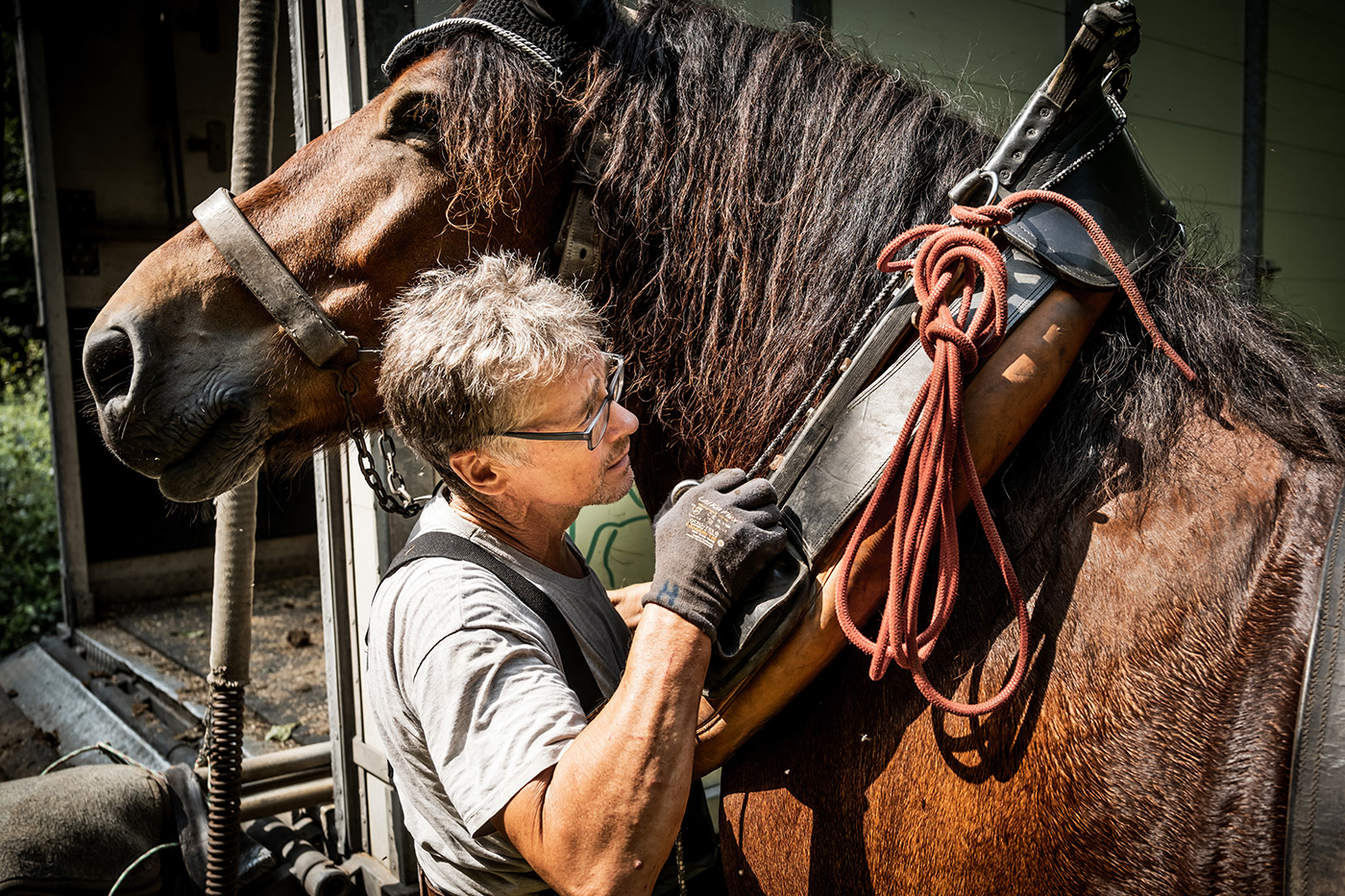
Sample ©Stefan Finger with X-H2 at 19mm. Camera settings 1/850 sec. f/2.8. ISO 200
This XF 16-55mm mark II is designed to handle 40+ megapixel cameras, ensuring superb detail and sharpness. Whether shooting at the wide or telephoto end of the zoom, it is capable of delivering the performance photographers demand from a high-quality lens at this range.

Build Quality and Handling (XF 16-55mm)
One of the primary benefits of the second-gen. XF 16-55mm II is its compact, lightweight build. As mentioned earlier, it is 16% smaller and 37% lighter than its predecessor, yet it doesn’t compromise on durability. The lens is weather-sealed at 12 points, with a dust and moisture-resistant design, and able to operate in temperatures as low as -10°C.
The inclusion of a de-clickable aperture ring allows photographers to change the aperture silently during video recording, a feature appreciated by hybrid shooters. The overall design of the lens is well-balanced and ergonomic, with smooth zoom and focus rings that provide excellent tactile feedback.
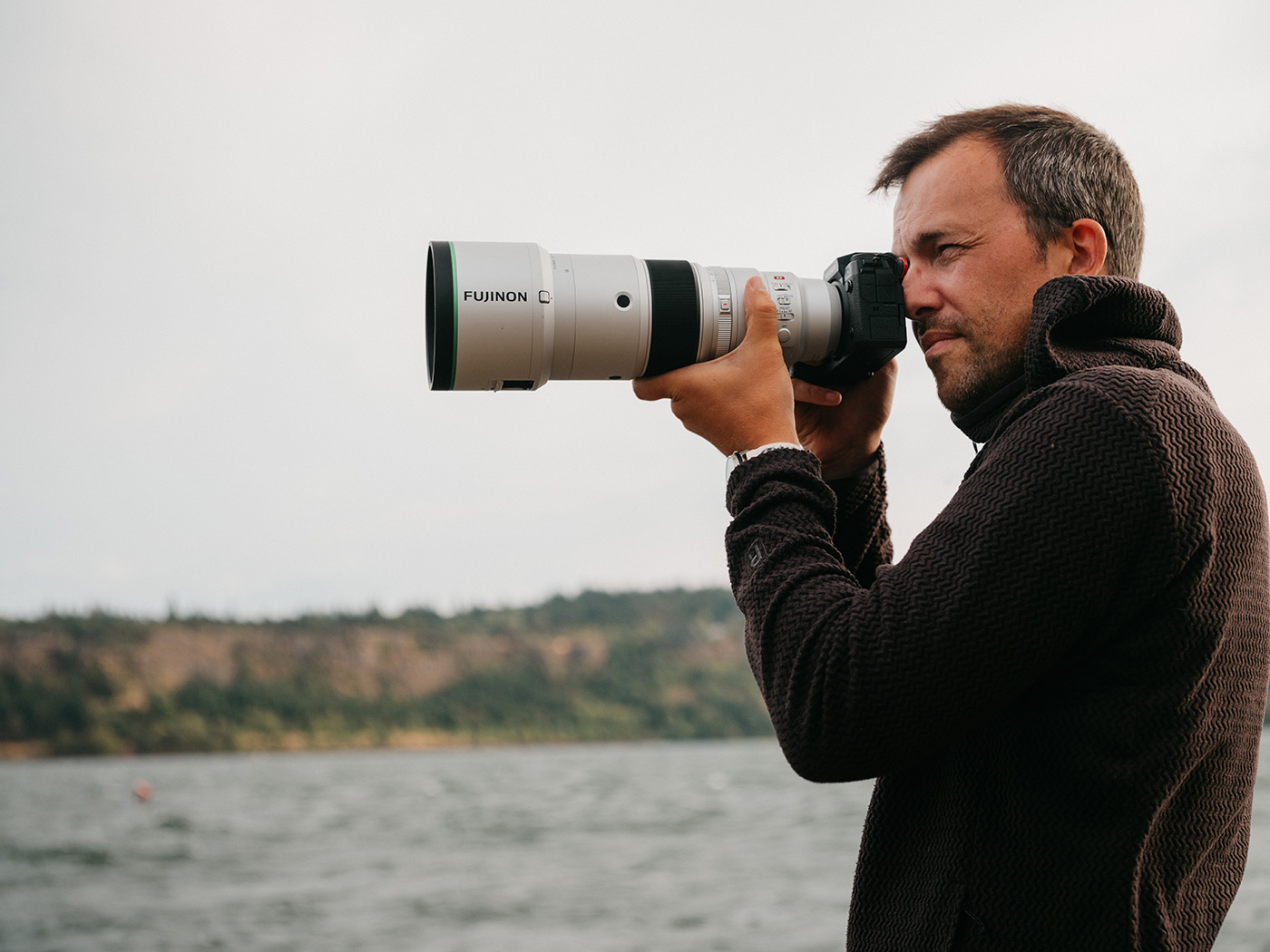
Fujifilm XF 500mm f/5.6 R LM OIS WR Overview
The XF 500mm f/5.6 R LM OIS WR is a dedicated super-telephoto prime lens, aimed at professional and enthusiast photographers who specialise in wildlife, sports, bird photography and similar long range subjects. With a full-frame equivalent focal length of 762mm, it offers superb reach, allowing you to capture subjects that are far away from your camera.
Weighing in at 1,335g, the XF 500mm is incredibly lightweight for a lens of this type. Fujifilm has also paid special attention to making it as manageable as possible for hand-held shooting, with a rear-weighted design that makes panning easier.
Additionally, the lens includes built-in Optical Image Stabilisation (OIS), with up to 5.5 stops of compensation to help reduce camera shake, which is especially important when shooting handheld at such extreme focal lengths.
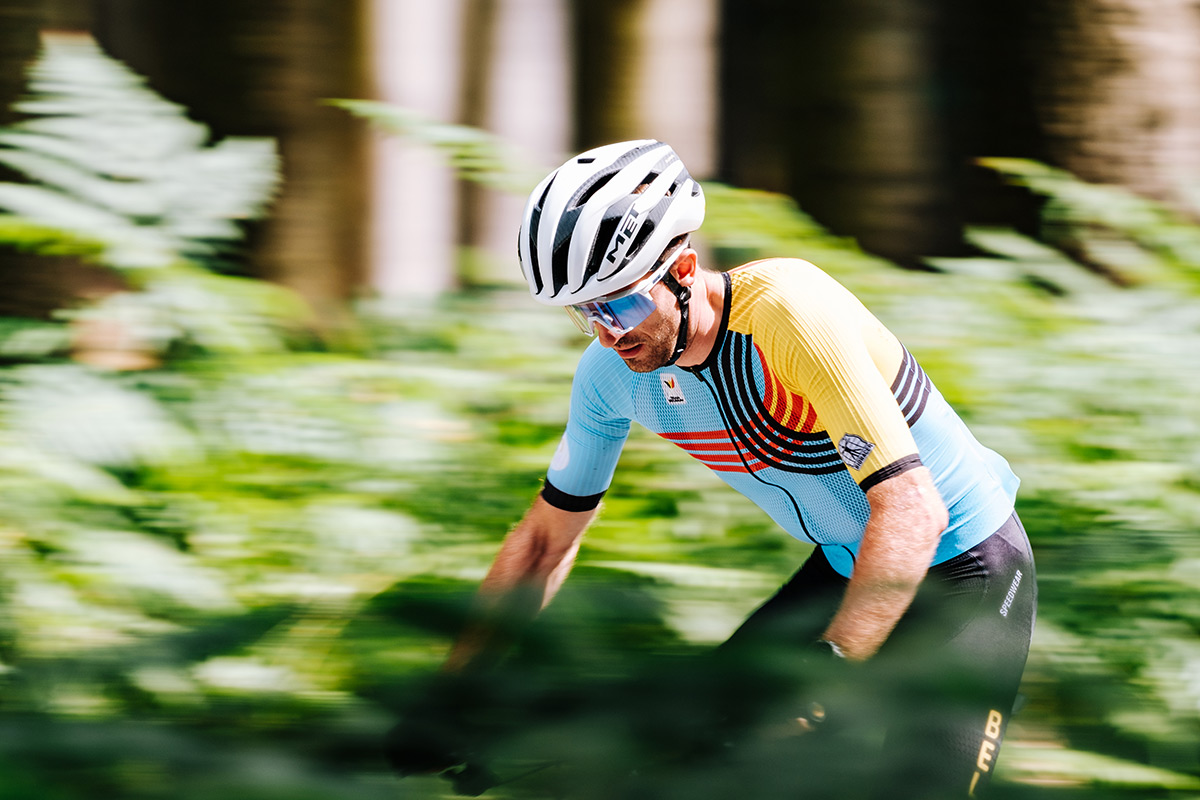
Sample 500mm ©Alessandro Volders no EXIF
Image Quality and Performance (500mm)
The XF 500mm has an optical design with 21 elements in 14 groups, including 5 ED elements and 2 Super ED elements to effectively control chromatic aberration and ensure sharp, balanced results even in high-contrast situations.
Fujifilm designed this lens to work well with the deep learning AF algorithms found in cameras like the X-T5 and X-H2, with fast and accurate autofocus even when tracking fast-moving subjects like birds in flight or athletes on the track. The lens renders fine detail across the frame, and the smooth bokeh from the aperture is perfect for isolating subjects against blurry backgrounds.
The built-in 5.5-stop OIS helps to ensure that handheld shots are sharp, even in low light. Combined with the bright f/5.6 maximum aperture, this super tele lens allows photographers to keep their ISO low while capturing well-exposed images in challenging conditions such as during sunrise, sunset, or in darker environments, like a forest or indoors.

Focus and Autofocus (16-55mm and 500mm)
Both lenses benefit from Fujifilm’s linear motor technology, which is capable of fast and silent autofocus. The XF 500mm is particularly well-suited for shooting shy wildlife, where silence is key to capturing the moment without disturbing the subject.
With deep learning subject detection available on compatible bodies, both lenses can lock onto and track subjects such as humans, animals, birds, and vehicles with excellent precision. The additional focus limiter and focus memory on the 500mm make it quicker to acquire subjects at set distances, reducing the time spent hunting for focus when shooting distant subjects repeatedly.

Sample ©Maggie Parise with X-H2S. Camera settings 1/2000 sec. f/6.4. ISO 500
Handling and Usability (500mm)
Thanks to its lightweight and rear-weighted design, despite its impressive focal length the XF 500mm is very easy to handle. This design ensures it balances well when panning to follow subjects in motion, such as birds or fast-moving vehicles.
The lens comes with an Arca-Swiss compatible tripod foot, eliminating the need for additional plates when mounting it on a monopod or tripod, adding to its convenience and setup in the field.
For those who need even more reach, the XF 500mm is compatible with the XF 1.4x and XF 2.0x Teleconverter, extending the range to 1,067mm or 1,524mm, although these reduce the maximum aperture by one or two stops.
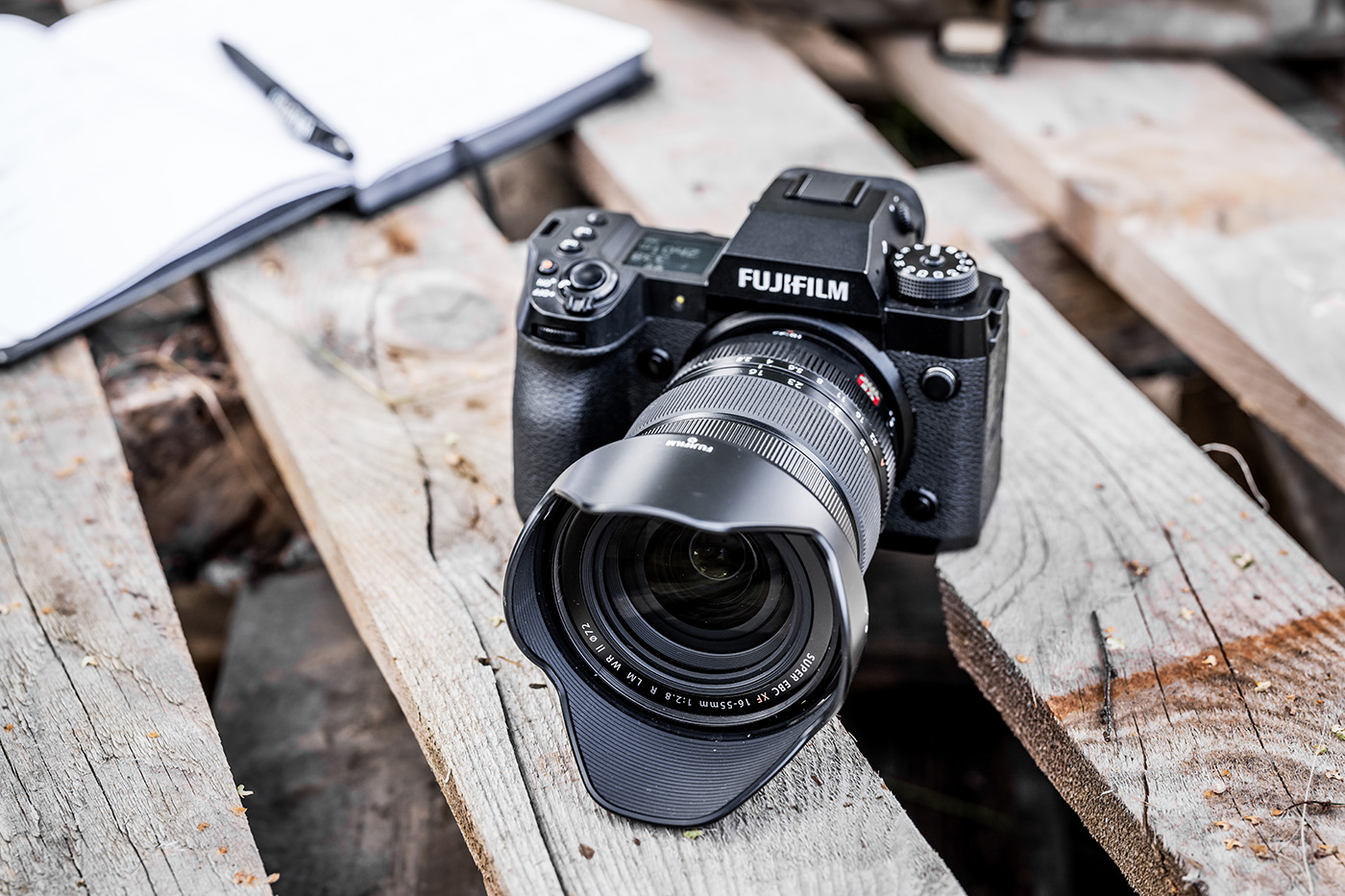
Differences Between the Two Lenses
While the XF 16-55mm II is a versatile, all-in-one zoom lens for a variety of everyday subjects, the XF 500mm is more specialised for super-telephoto photography. The 16-55mm covers focal lengths that work well for landscapes, portraits, and travel, while the 500mm excels in long-range photography, such as sports and wildlife.
For hybrid shooters who need one lens to cover multiple subjects, the XF 16-55mm II offers excellent versatility. In contrast, the XF 500mm might just become the go-to for serious wildlife and bird photographers who need the longest possible reach and can’t compromise on image quality.

Sample ©Maggie Parise with X-H2S. Camera settings 1/1250 sec. f/5.6. ISO 1600
Fujifilm’s XF 16-55mm f/2.8 R LM WR II and XF 500mm f/5.6 R LM OIS WR are both outstanding lenses that cater to completely different types of content. The second generation 16-55mm is a workhorse lens, that is ideal for everyday photography and video, and is capable of delivering prime-level quality but with a convenient zoom. If you already have the original lens you might not want, or need to upgrade purely for the rendering capabilities, but when considering the size and weight savings, and new features, it’s hard to avoid the potential benefits of an upgrade.
The 500mm, on the other hand, is a specialist lens designed for maximum reach while remaining lightweight for wildlife and sports shooters who demand high-quality optics and easy handling. The 5.5-stop OIS, silent autofocus, and durable build make it a perfect companion for outdoor photographers who need the ultimate performance.
Take your photography and video work to new heights with the everyday Fujifilm XF 16-55mm f/2.8 R LM WR II Zoom Lens which offers a host of upgrades over the original. If you shoot distant subjects the Fujifilm XF 500mm f/5.6 R LM OIS WR Super Telephoto Lens is the one to get for its lightweight design and easy handling.
Share this post:
By Nick Dautlich on 14/10/2024
Nick Dautlich
Senior Content Writer and Product Reviewer
Nick Dautlich is the Senior Content Writer and Product Reviewer at Park Cameras, with over 15 years of photography experience. A Sony Imaging Professional and expert reviewer, Nick has worked with major brands such as Canon, Sony and Nikon. His work is also featured on Vanguard World UK’s website, Capture Landscapes, and Shutter Evolve. Nick’s photography includes National Trust projects and magazine covers and he is passionate about landscapes and storytelling. Nick also enjoys hiking and teaching his children about nature. Learn more on his profile page.

Trade in your old equipment
Fast and easy trade in service ensures your old gear is collected efficiently and you are paid quickly! It's very simple to trade in your unwanted photography gear. Just head over to our dedicated Sell or Part Exchange page, fill out the details, and we'll get back to you with an offer for your old gear. Take the cash, or put it towards the cost of your new gear. It's up to you! Find out more
sign up to the newsletter
Keep up to date on the latest photography news, events and offers. Sign up now